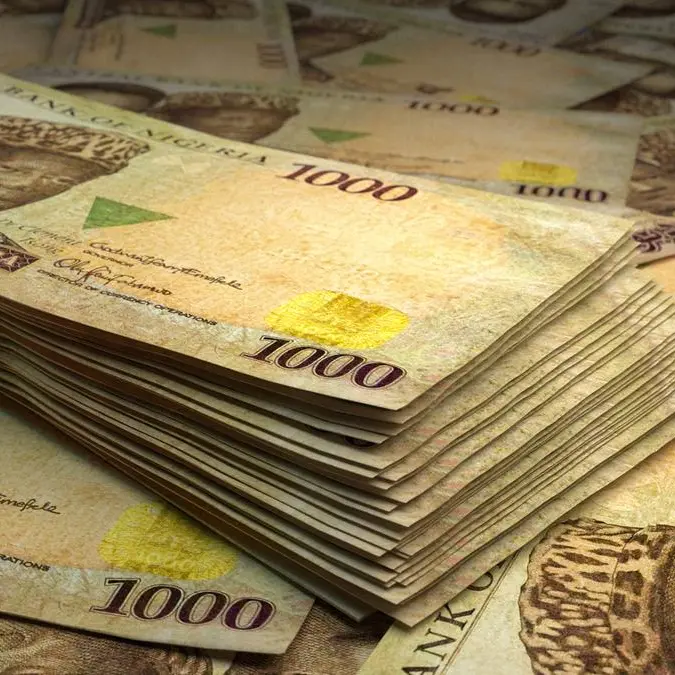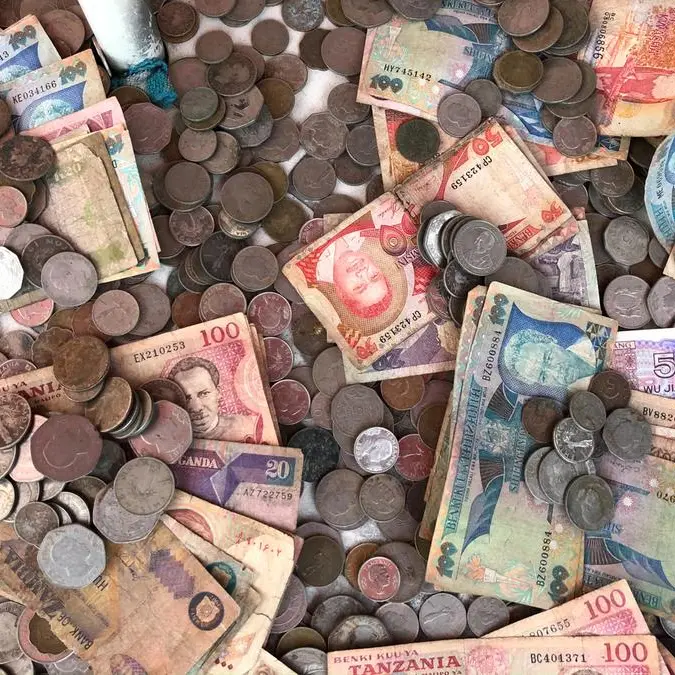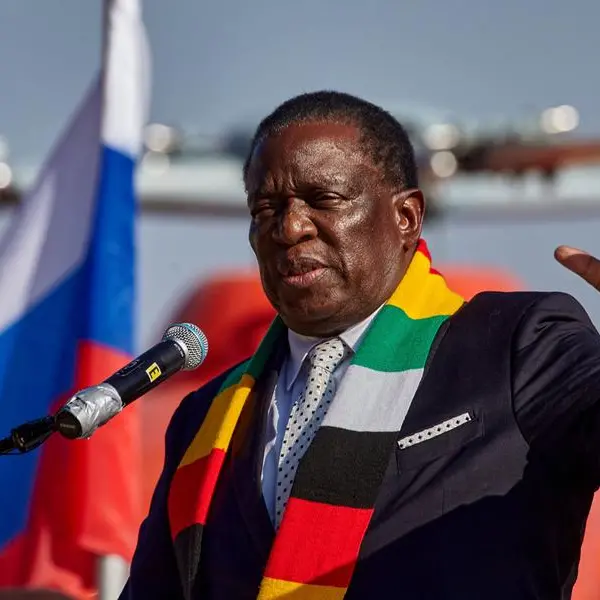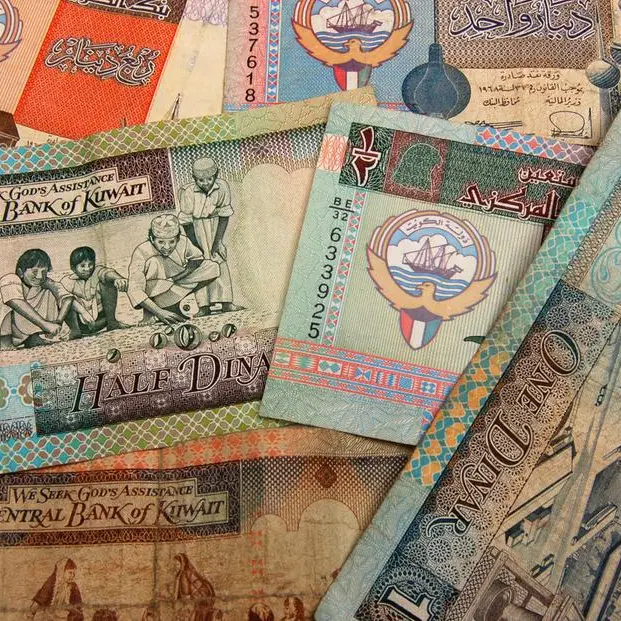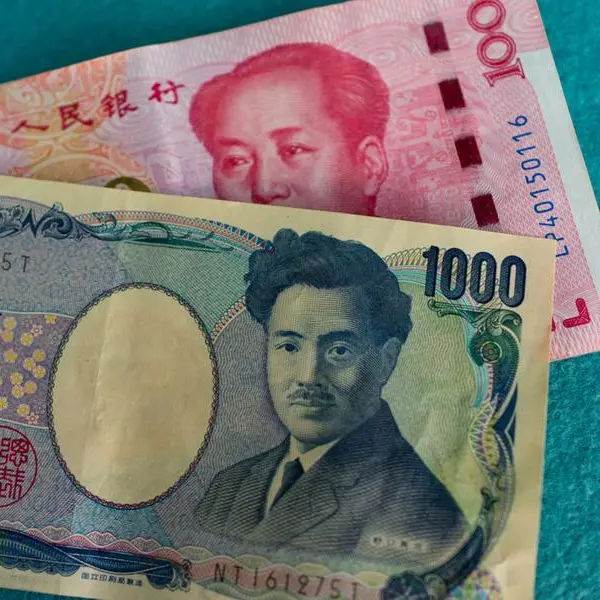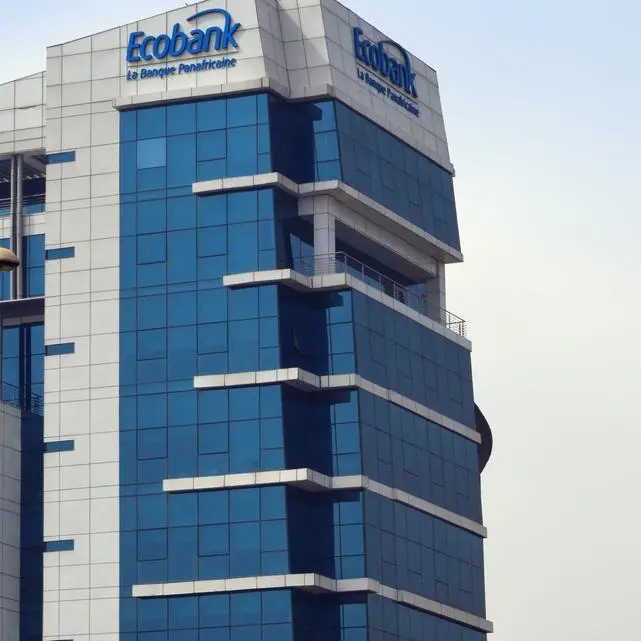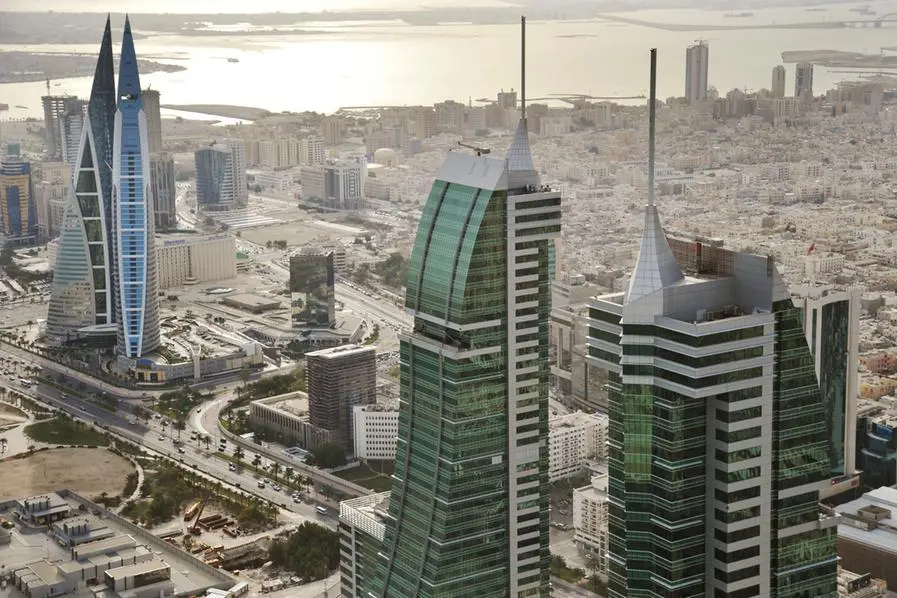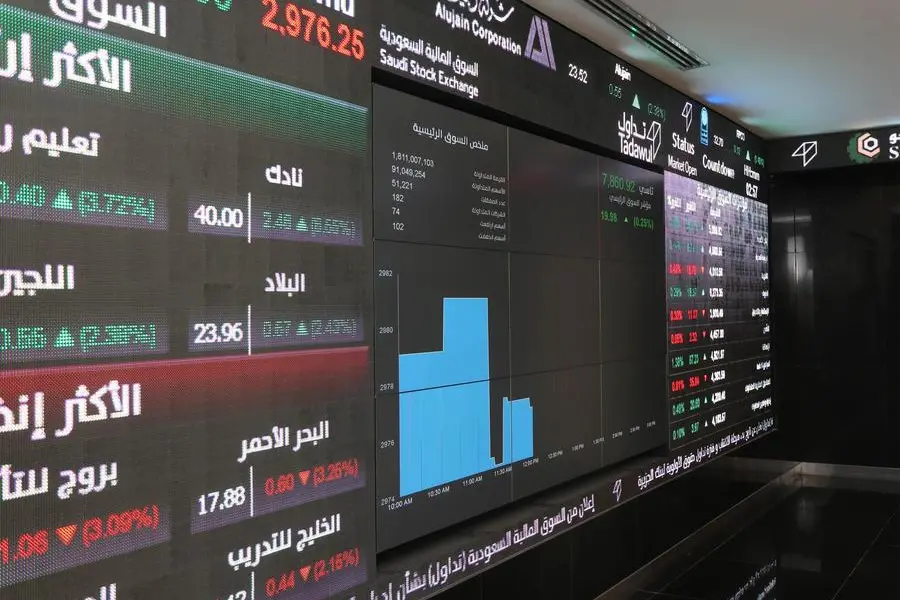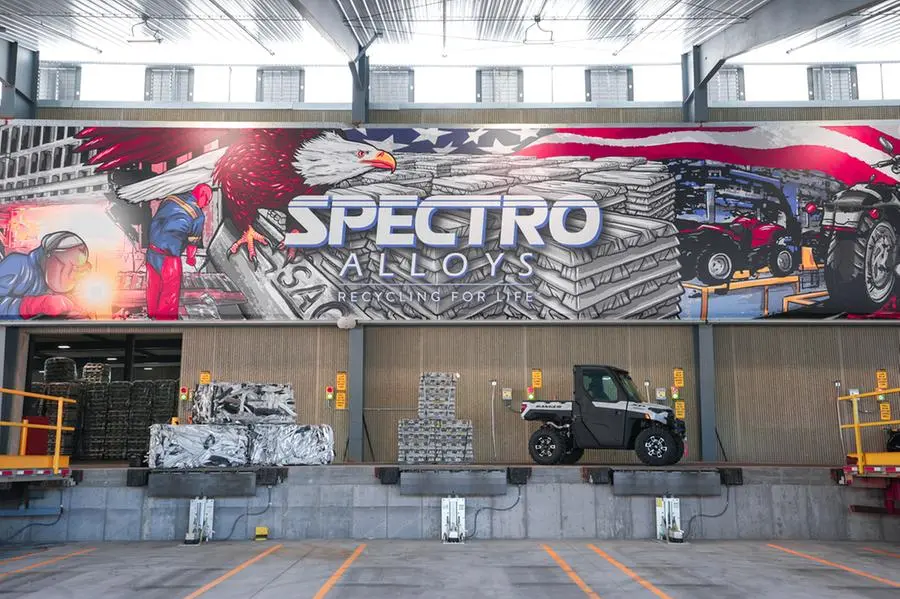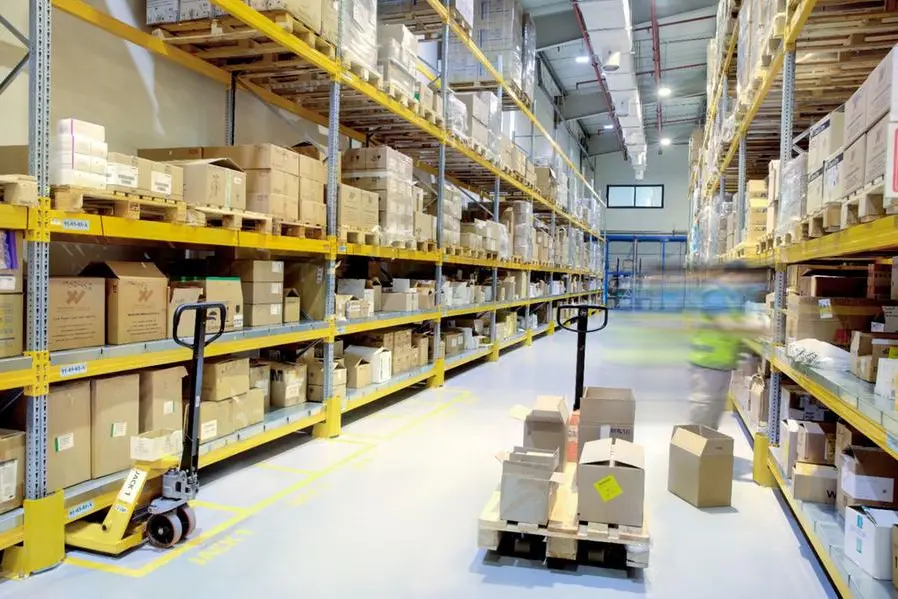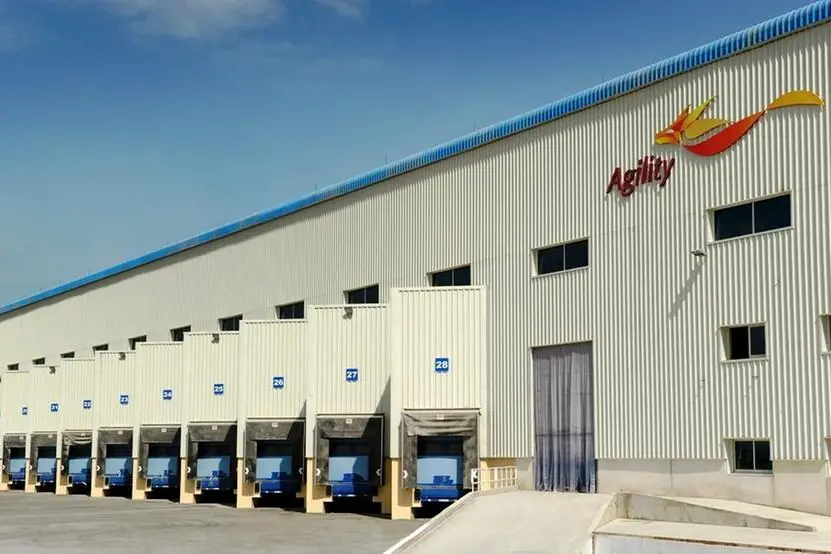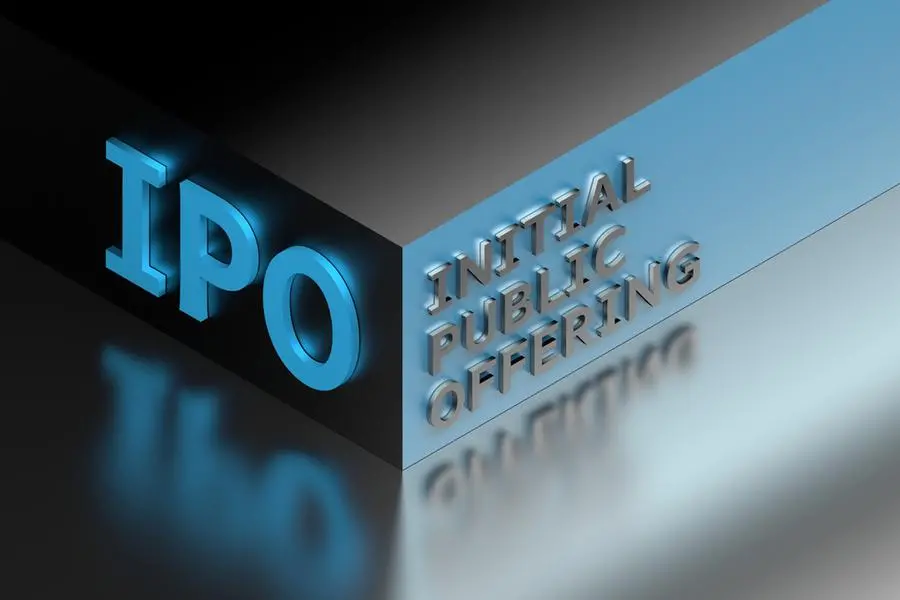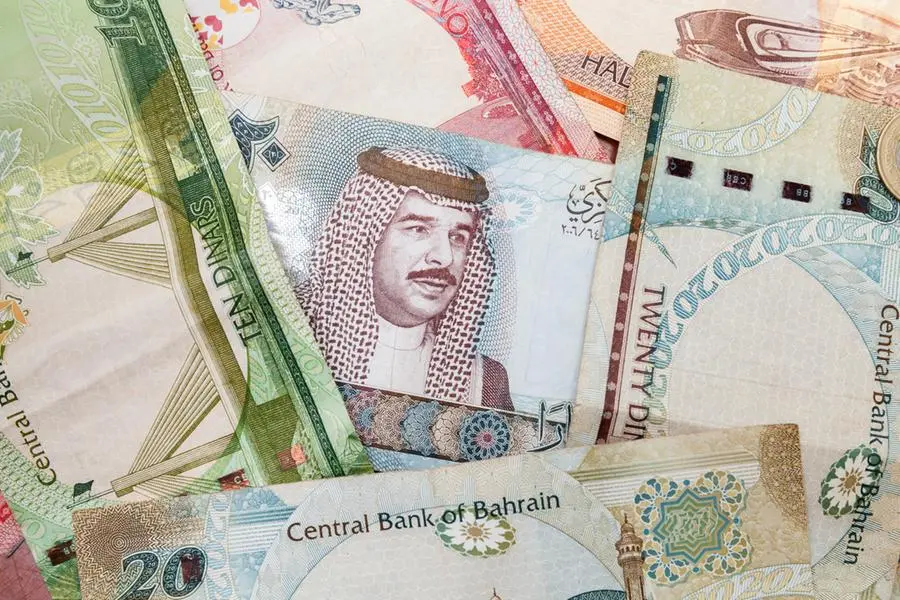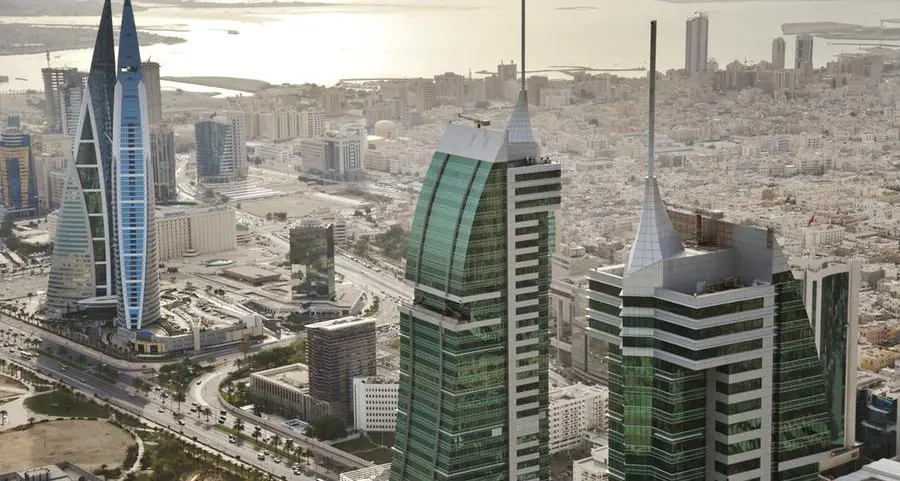PHOTO
Saudi Aramco-linked GreenSaif Pipelines uncovered plenty of demand for its second ever bond offering on Wednesday, when it raised US$3bn across two tranches to refinance a portion of a bridge loan secured in 2022.
The value that the acquisition vehicle, rated A1 by Moody's and A+ by Fitch, offered versus Saudi Arabia, Aramco and other high-quality Middle East credits made its senior secured bonds a compelling opportunity for accounts looking to add exposure to the region but wary of tight spreads.
GreenSaif, a private consortium which has purchased a 20-year leasehold stake in Aramco's gas pipelines, launched a US$1.4bn 12-year bond, with a weighted average life of around 10 years, at 170bp over 10-year Treasuries, alongside a US$1.6bn 18-year, with a WAL of around 14.5 years, at a spread of 195bp over the 10-year benchmark.
“GreenSaif offered one of the highest spreads for long-dated bonds in EM for those rated BBB+ and above,” said an investor.
“I know there is a lot of Saudi issuance, but this new deal ... seems attractive to me," he said, especially in relation to Aramco. The oil company's US$3bn 4.25% April 2039s were indicated at a G-spread of 118bp, according to LSEG data.
The transaction drew combined orders of more than US$9.2bn, with demand skewed towards the shorter tranche. Books had opened in the areas of plus 205bp and 225bp. The final spreads represented new issue premiums of 0bp and 5bp, according to bookrunners, who approached pricing more in terms of GreenSaif's own curve rather than Aramco's.
“We are looking at this based on the issuer’s own curve, which is quite liquid and well traded,” said a lead banker.
GreenSaif is owned by BlackRock and its affiliates, which together hold a 77.2% stake, and Hassana Investment Company, owning a 22.8% stake. Hassana is the investment arm of the General Organization of Social Insurance, a Saudi Arabian government agency.
The purpose of GreenSaif's first bond issue, US$4.5bn multi-tranche deal placed last year, as well as the new notes, is to refinance the US$13.4bn acquisition bridge facility secured in 2022 to fund the purchase of a 49% interest in Aramco Gas Pipelines, which entered into a 20-year agreement with Aramco to obtain usage rights of Aramco’s domestic natural gas pipelines. The relatively complex nature of agreements between the SPV and Aramco is enough to put some investors off the credit and goes some way to explaining the higher spread that its bonds offer.
The borrower has since been able to whittle the acquisition facility down to US$6.2bn. The facility does not mature until 2029, so GreenSaif is under no pressure to issue further bonds to refinance in the near term. The remainder could well be refinanced in the bank loan market, where there is good demand for long-term high-quality assets.
GreenSaif’s debut deal spread the funding across multiple markets to bring in conventional bond, sukuk and Formosa investors and ease the burden on any one pool of liquidity. In contrast, the new issue was conventional.
“It’s partly because the demand in the corporate bond market is so strong,” the lead said. “Also, the overall size is smaller this time and the longer tenors that they wanted to look at don’t necessarily fit the sukuk market.”
JP Morgan and Standard Chartered were global coordinators on the deal, as well as bookrunners alongside Bank of America, Citigroup, Credit Agricole, Mizuho and Societe Generale.
Source: IFR

